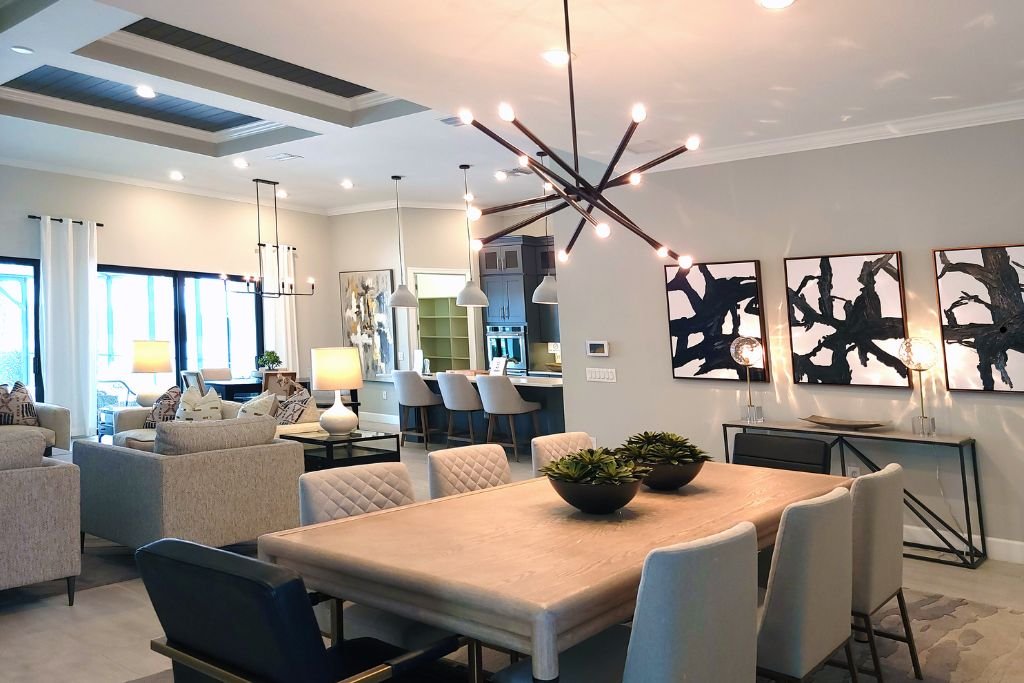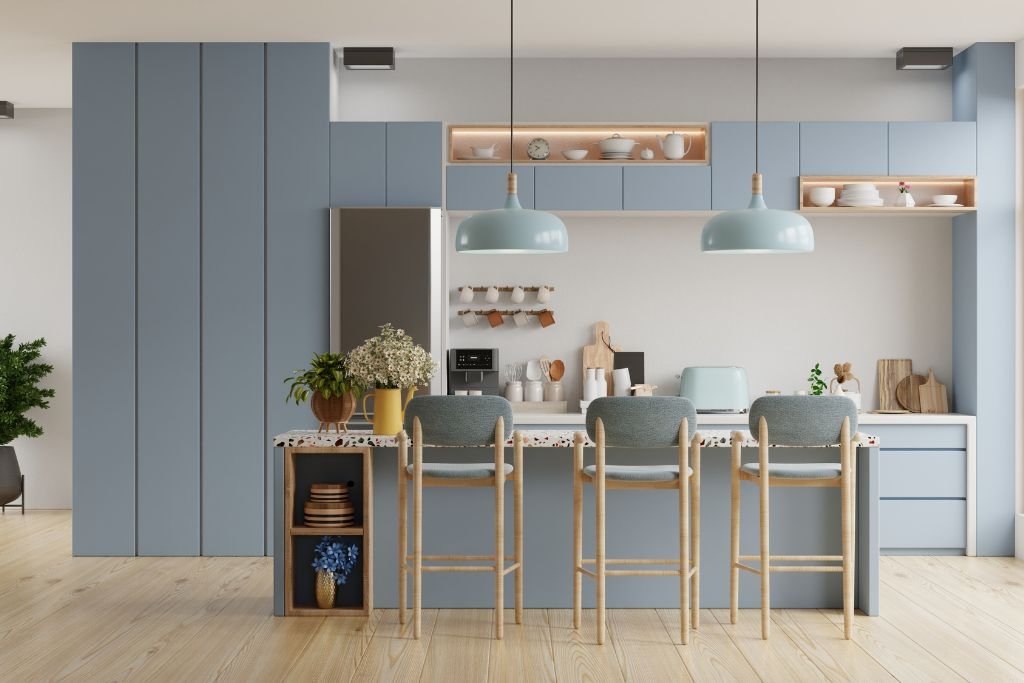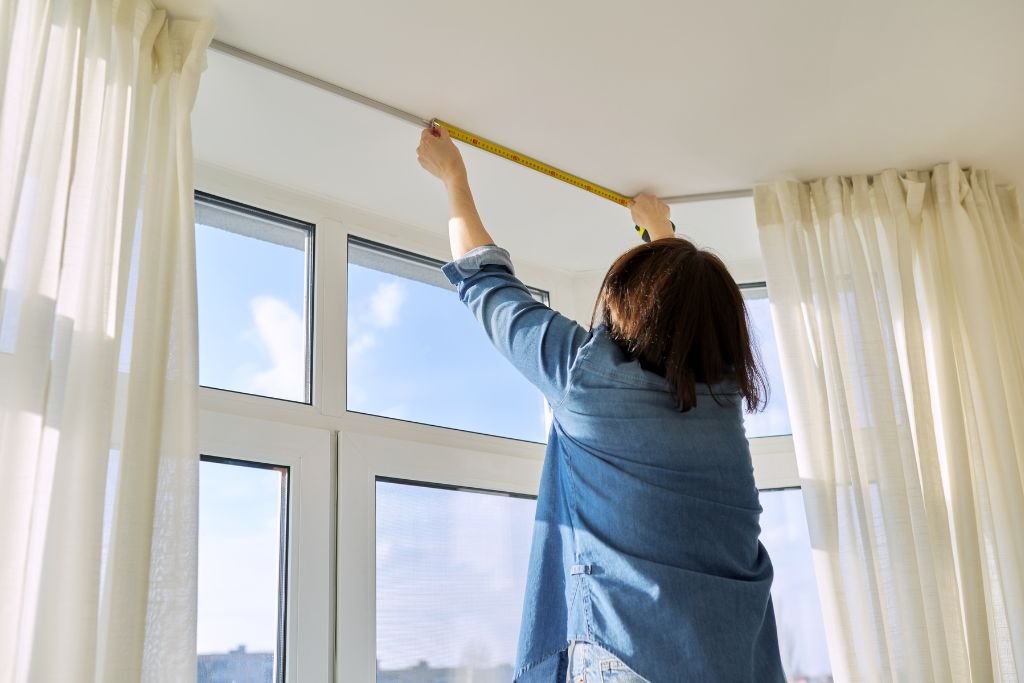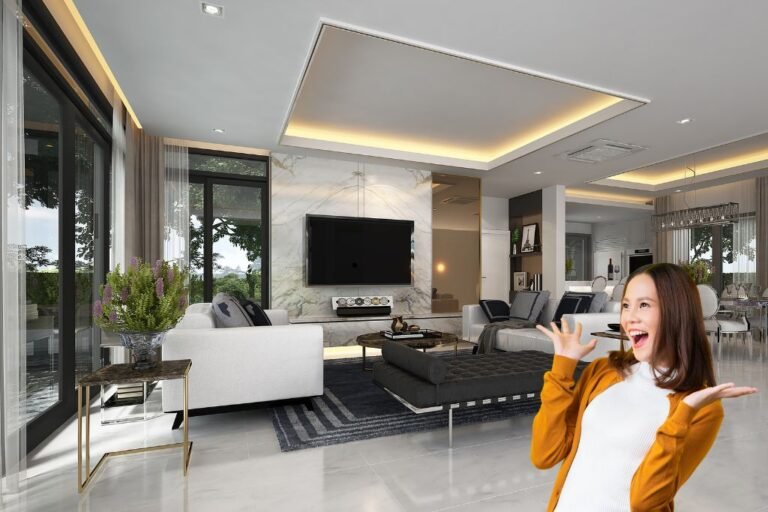Dear friends, Creating a well-designed space starts with choosing the right furniture. But how do you decide how much to invest? Here’s a simple guide to help you make smart decisions for your interior design furniture investment.
1. Set a Clear Budget

Start with a budget that matches your financial situation. Decide on the maximum amount you’re willing to spend. This will prevent overspending and help you focus on options that fit your price range.
2. Identify Your Needs

Think about the purpose of the space. Are you furnishing a living room, bedroom, or office? Write down the specific furniture pieces you need, such as a sofa, dining table, or desk. This list will keep your choices practical and focused.
3. Consider Quality Over Quantity

Invest in fewer but higher-quality pieces. Durable furniture often lasts longer, saving money in the long run. Look for solid wood, sturdy frames, and reputable brands. Avoid impulse buys for trendy items that may not hold up.
4. Measure Your Space

Before shopping, measure your room and note doorways, windows, and other features. This ensures the furniture will fit comfortably and look balanced. Oversized or undersized furniture can disrupt the flow of the room.
5. Research Prices

Compare prices online and in stores. Check for sales, discounts, and deals. Websites often list reviews that give insight into product quality and customer satisfaction. This step helps you find value without compromising style.
6. Prioritize Key Pieces
Start with essential items. For example, in a living room, focus on the sofa and coffee table first. In a bedroom, prioritize the bed. Once these main pieces are set, add smaller items like side tables and decor.
7. Think About Your Style
Choose furniture that reflects your taste and complements your existing decor. Whether your style is modern, traditional, or eclectic, staying consistent creates a cohesive look. Neutral pieces can be versatile, while bold designs make a statement.
8. Factor in Maintenance
Consider how much time and effort you’re willing to spend on upkeep. Materials like leather and solid wood may require special care. Low-maintenance options like microfiber or laminate might suit busy households better.
9. Plan for Longevity
Think about how long you’ll use the furniture. If you plan to stay in your current home for years, investing more makes sense. For temporary spaces, budget-friendly options might work better.
10. Balance Function and Aesthetics
Furniture should be both functional and beautiful. A comfortable chair is better than one that just looks good. Choose items that fit your lifestyle while enhancing your home’s appeal.
11. Leave Room for Flexibility
Styles and needs change over time. Avoid locking yourself into a single look. Modular furniture or pieces that adapt to different layouts can offer flexibility for future changes.
12. Seek Expert Advice
If you’re unsure, consult an interior designer or visit furniture stores with knowledgeable staff. Professionals can guide you to make the most of your budget while achieving your design goals.
By following these tips, you’ll make informed decisions about your furniture investment. A well-planned approach not only saves money but also ensures a beautiful, functional, and timeless interior space.

My name is David from Houston, Texas (USA) I’ve spent the last 10 years working with some of the biggest furniture brands in the United States. I’ve helped thousands of customers and learned what makes furniture strong, stylish, and worth your money.
